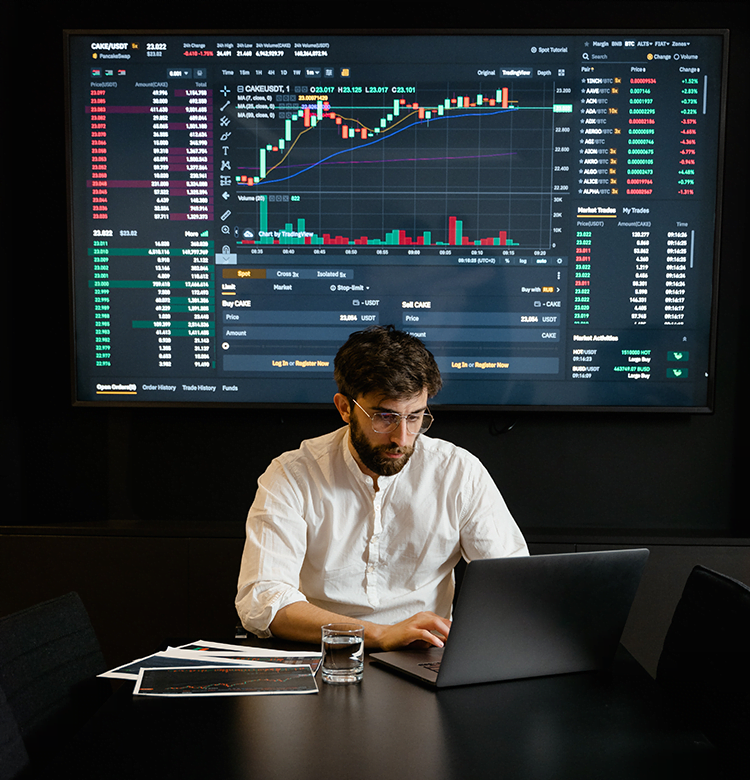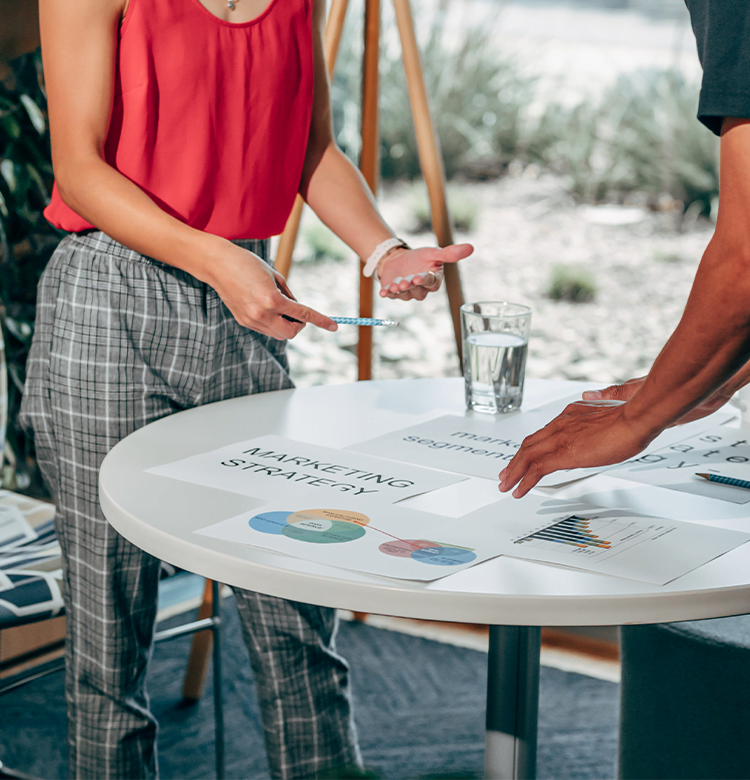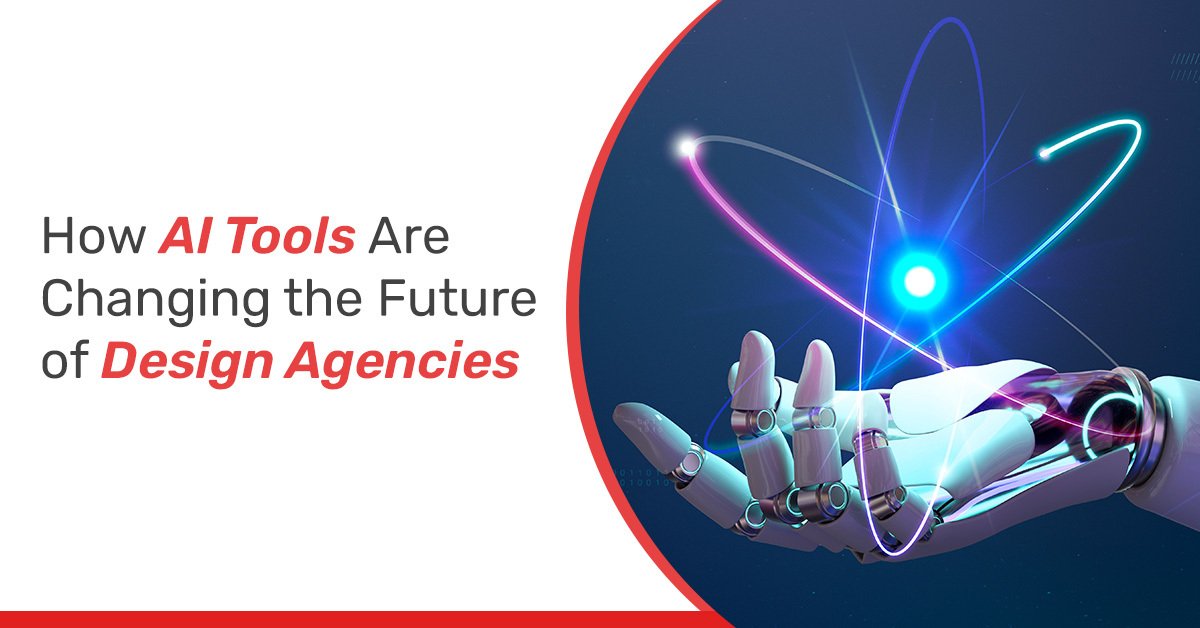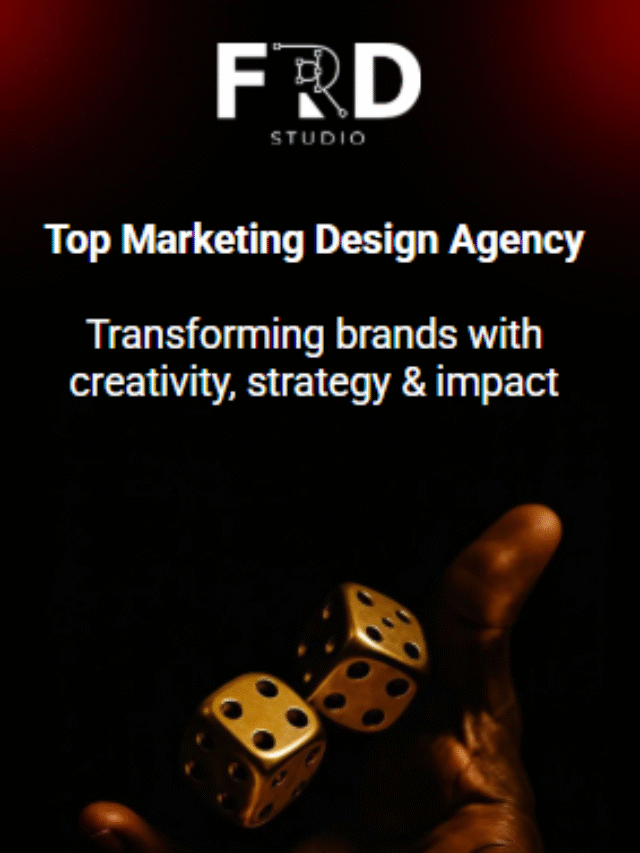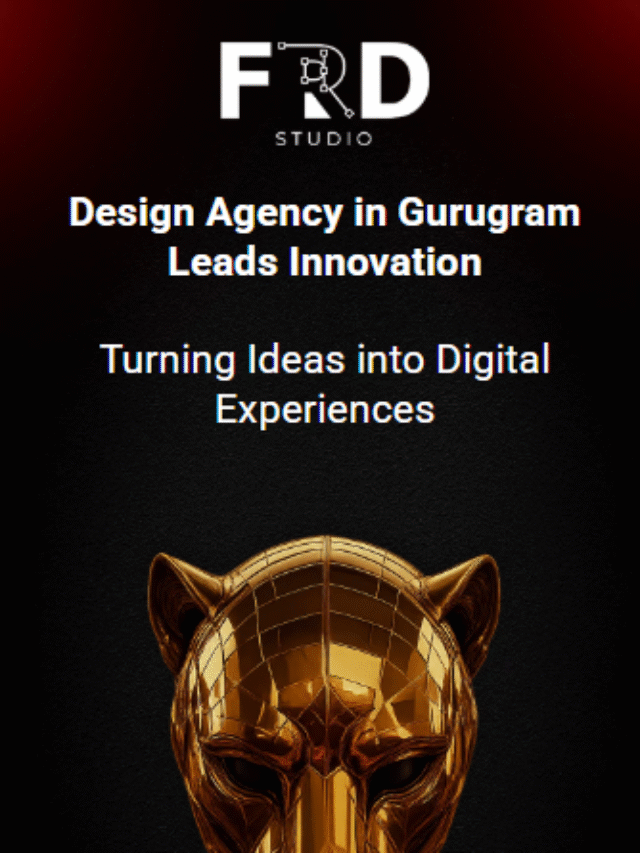Artificial Intelligence (AI) is changing the way design agencies in Gurugram operate, create, and deliver experiences to clients. Five years from now (2025), AI tools will not only optimize workflows but also redefine the nature of creativity for designers. The next wave of AI-driven platforms and products will enable design agencies to automate repetitive design tasks, personalize experiences, and unleash new levels of creative potential, which will all rewrite the business structure of design agencies like FRD Studio.
The Emergence of AI in Design Agencies
- Today’s design agencies utilize AI in nearly every phase of their work process and work product. Tools like Adobe Firefly, Figma’s AI assistant, and DALL·E 3 enable quicker ideation (ideation is basically coming up with ideas and new ways of solving problems), smarter prototyping, and more adaptive branding solutions.
- Furthermore, they help expedite future tasks for employees by acting as collaborative partners for inspiration or by providing optimization suggestions, enabling designers and creatives to stay in control of their creative solutions.
Automating Repetitive Design Tasks
- AI is ideal for solving tedious but critical design tasks. For example, instead of having an intern resize every image in a design or check to see if colors are consistent with the design system’s color palette, AI does this automatically.
- AI does so well that it frees up time for designers to engage in strategic thinking or conceptualizing ideas. For instance, Superside’s AI-powered workflow improved the productivity of their creative teams by over 60% on all types of projects while preserving creativity.
Personalization Powered by AI in Design
- The practice of design is transforming from a static posture to a more dynamic, personalized experience. Artificial intelligence can consider a user’s data in real time to personalize the web experiences they receive, the ads they see, and the app interfaces that users access.
- When analyzing how users engage with both web content and app content, AI-processing capabilities can help to dynamically personalize elements of the website by considering data points and predictors of user preference to create personalized visual elements, like sophisticated custom colors, color palettes, and layouts that ultimately keep users engaged longer, increase conversion rates for business and organizational website and app efforts, and establish the most trusted design agency in Gurugram.
- Designers will benefit from personalization as it takes the form of a type of engagement and evolving dialogue between brand and consumer.
Expanding Creativity and Generating Ideas
- AI systems like Midjourney and RunwayML can develop concept art and mockups or variations of branding that effectively push the creative limit again and again. For designers, AI provides an endless source of inspiration—we’re destined to find a world of potential living in our imagination.
- AI can suggest new structures or idiosyncratic ways of thinking about design that human teams might not have considered. Rather than replacing creativity, AI enables an exploration of visual thinking and provides new impetus for visual exploration.
Data-Driven Insights and Predictive Analysis
- AI also allows design agencies not to rely as completely on their intuition but to use backed data in the process. AI can analyze trends, consumer emotion, and engagement data to make educated guesses about what styles and layouts will perform best with which audiences.
- Predictive design also uses machine learning algorithms to test various design options and automatically refine initial designs based on how they perform or interact with audiences.
- Predictive design essentially removes educated guessing from the design process by correlating how design output interacts with users, making it the top design agency in Gurugram.
AI and Branding Redefinition
- AI is shifting the branding landscape by helping agencies create smarter, data-informed brands and visual identities. These systems may also analyze competitor brands, discover new trends, and provide recommendations on color schemes, typographic preferences, or logo shapes based on audience psychology.
- For instance, new AI-enabled branding tools give companies the ability to change and develop brand assets while maintaining brand consistency across digital and social channels.
Revolutionizing UX, Web, and Product Design
- UX and product designers are increasingly leveraging AI to prototype quickly and test ideas with consumers. There are new AI-powered platforms that run A/B tests automatically, react to real-time consumer input, and optimize interfaces for intentional usability in response to any complex reaction.
- In the case of web-based design, machine learning allows for adaptive content, AI-powered chatbots, and even automated code generation, all of which help agencies to quickly deploy immersive, accessible interfaces without adding to their overall staff and operational capabilities.
3D, AR/VR, and Immersive Design with AI
- AI tools are now assisting individuals in designing and developing 3D models and experiences using augmented and virtual reality, which used to take hours to do manually. These tools are finding applications in automating pre- and post-production tasks.
- The product design experience features, as mentioned earlier, allow you to adopt textures and lighting for the model and even automate complex building procedures using AI.
- The use of this rapid, disruptive design tool is impacting entire industries such as architecture, gaming, and retail design while creating hyper-realistic interactive assets in seconds or automating the generation of processes with associated text or menus, saving creative experts the time and effort of designing in today’s social environment based on consumer use.
Designers & AI Tools Working Together
- More and more humans and AI tools are working together rather than against each other. Web and development agencies are developing hybrid workflows with humans and AI co-designing-using AI to write drafts, test ideas, or write reports, and then using humans to identify the creative direction.
- This creates a feedback loop that combines computational rigor with human emotional intelligence, producing outputs that are high-quality and emotionally rich.
Anytime, Anywhere, and for Less
- We know AI is generating faster, more efficient design, but we are learning that design agencies are setting new levels of efficiency as well and establishing the new ceiling to be the top design agency in Gurugram.
- Conceptualization and revision cycles are being cut in half with automated ideation and live in-document revisions, and asset management is streamlined.
- McKinsey has stated that AI can increase productivity by 70% with more intelligent workflow patterns and fewer human touches. These cost and time savings are enabling agencies to scale rapidly while maintaining quality.
Ethical Challenges of Human-Centered Design
- While the advent of AI is exciting, agencies have to balance ethical considerations and challenges with creativity. Relying too heavily on AI tools could set ourselves up for a more homogenized aesthetic, especially if designers don’t guide AI behavior in a meaningful way.
- Privacy through data-sharing of user-generated content and concerns over intellectual property are all important components of workflow as generative models learn through existing massive datasets of design.
- The inevitable development of ‘AI Ethics Designers’ within design agencies will ensure the essence of design integrity remains, supporting the continuous design process, regardless of AI implications.
The Future of Design Agencies Leveraged by AI
- The future of the design agency will be tech-centered while being human-centered. AI will not take over from creative agencies; instead, it will elevate their function to strategic inventors who integrate analytics, brand storytelling, and technology.
- Designers of the future will become creative directors of intelligent systems and guide users toward emotional engagement, sustainable action, and cultural relevance while machines do the intellectual heavy lifting of production.
Conclusion
- AI is creating design agencies that are smarter, faster to produce, and more creative agency ecosystems. It helps to automate the mundane, amplify the imaginative, and tailor the experience for each user.
- The future of design will be a collaboration between everyday human vision and machine-based intelligence, where creativity is inspired by data, honed by machine algorithms, and ultimately expressive of local meaning-making.
- In this landscape, we will have the next generation of agencies that frame the role of AI as a partner in the process rather than a tool.
October 23, 2025




